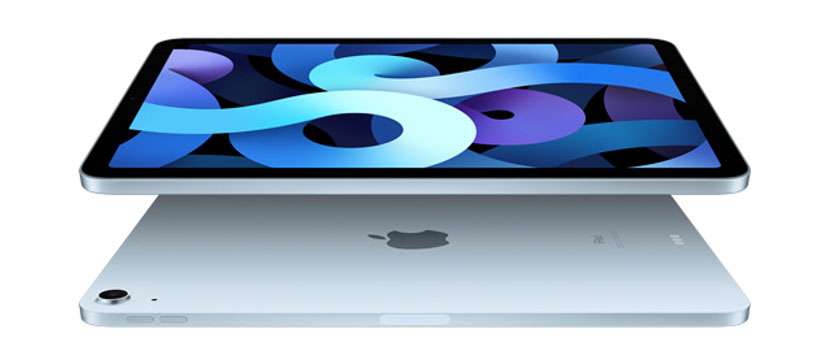Submitted by Frank Macey on
The Apple Watch was the first Apple product to integrate an OLED display back in 2015. Then came the iPhone X in the fall of 2017. Now all iPhones feature the technology, which provides several advantages over conventional LCD displays. Reports have pointed to Apple adopting OLED or even Mini-LED displays in upcoming iPad and MacBook models.
The rumors continue, with Taiwan-based DigiTimes reporting from the supply chain that OLED iPad and MacBook hardware is in the works. Apple may launch OLED models next year. Current iPads and MacBooks use LCD displays, as OLED screens are still more expensive to produce. This makes the cost for manufacturing each unit higher.
If OLED iPad and MacBook designs launch in 2022, this would provide several advantages to the consumer. OLED technology brings with it improved contrast, increased brightness, and wider viewing angles. Besides improving the picture, OLED also reduces power consumption. Extending battery life is crucial for maximum flexibility with mobile devices.
Apple may begin offering Mini-LED displays on iPads and MacBooks later this year. These displays are different than OLED, however they are still an improvement over conventional LCD displays. Mini-LED utilizes a grid of individually controlled LEDs instead of a traditional backlight, which offers improved control of where light is delivered on the screen. This improves response times, boosts image quality, and lowers power consumption.It's possible Apple will offer both Mini-LED and OLED models starting in 2022. Each display technology would have its own advantages, with different pricing based on which display is installed. Mini-LED may someday replace conventional LCD screens entirely, with OLED coming on premium and pro-level devices. For example, look for the flagship 2022 iPad Pro to offer an OLED display.
